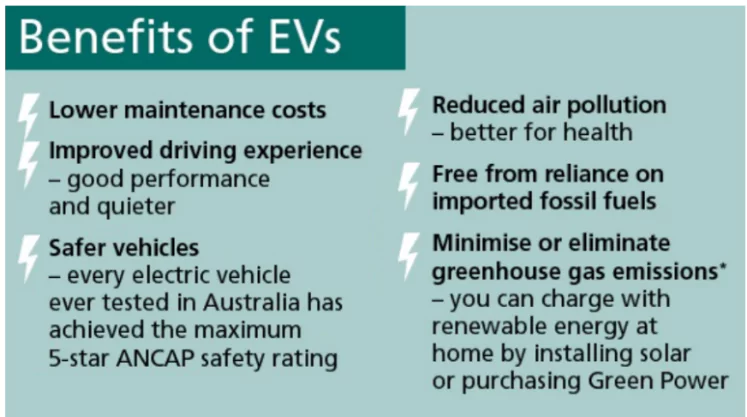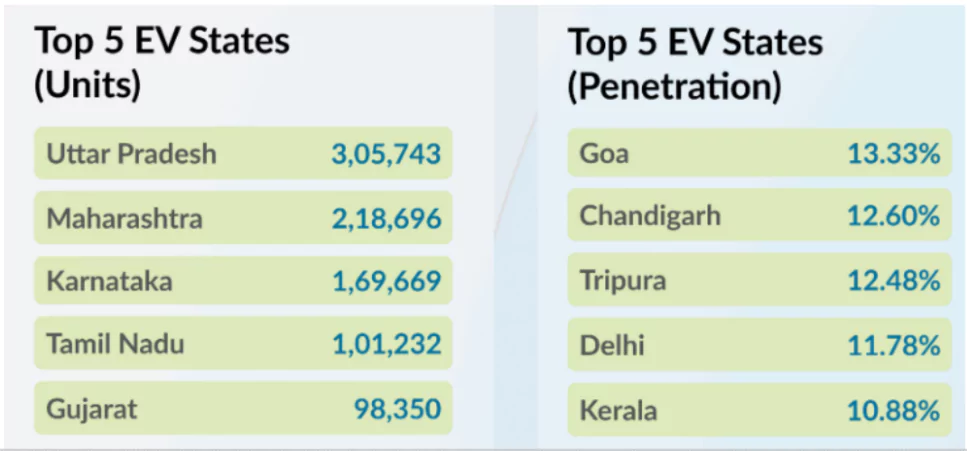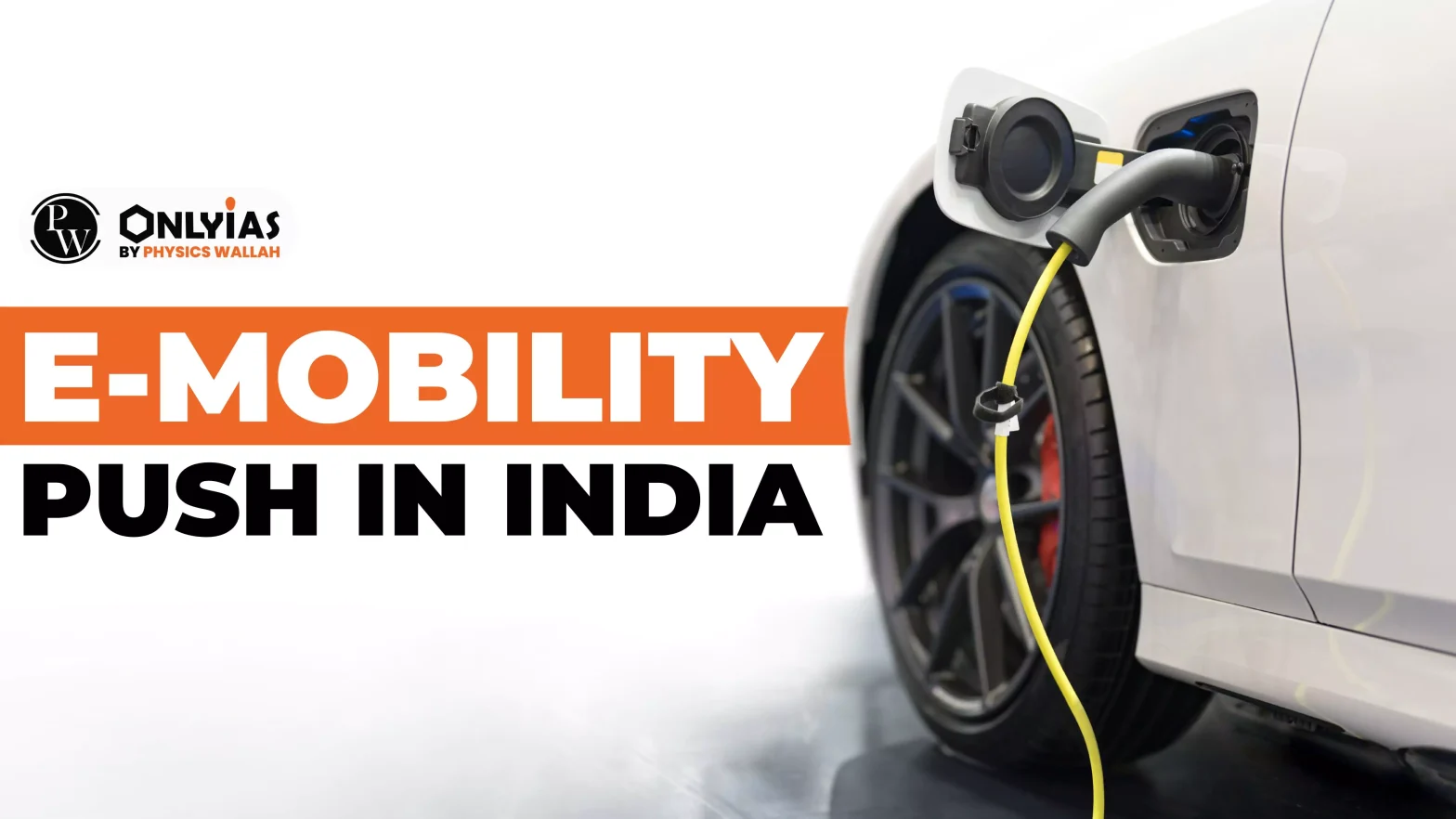The Union Cabinet has recently approved the PM E-Drive Scheme and PM-eBus Sewa-Payment Security Mechanism (PSM) scheme.
Overview of PM E-Drive Scheme
- PM Electric Drive Revolution in Innovative Vehicle Enhancement (PM E-DRIVE) Scheme: Approved with an outlay of Rs.10,900 crore over a period of two years.
- Replacement of Previous Scheme: Replaces the Faster Adoption and Manufacturing of (Hybrid and) Electric Vehicles (FAME) scheme.
- FAME scheme ran for nine years until March 2024 and promoted local manufacturing and adoption of EVs through customer subsidies
- Key Features of PM E-DRIVE Scheme:
- E-Vouchers: Streamline the EV buying process and simplify the purchase of electric vehicles.
Enroll now for UPSC Online Course
Overview of PM-eBus Sewa-Payment Security Mechanism (PSM) Scheme
- Objective: Roll out of over 38,000 e-buses with outlay of over Rs.3,435 crore.
- Payment Security Mechanism: To mitigate the risk of payment defaults, the scheme includes a dedicated fund managed by Convergence Energy Services Limited (CESL).
|
-
- Electric Ambulances: Paves the way for the integration of electric vehicles into the health sector.
- Incentives for E-Trucks: Additional incentives for purchasing electric trucks after scrapping old trucks.
- Vehicle Testing Infrastructure: Dedicated fund of ₹780 crore focused on developing and enhancing vehicle testing agencies.
About Electric Mobility
- Electric Mobility: It refers to the use of electric-powered vehicles (EVs) for transportation.
- Driving Factor for e-Mobility: This shift from conventional internal combustion engine vehicles (ICE) to electric vehicles is driven by the need to reduce greenhouse gas emissions, reliance on fossil fuels, and environmental pollution.
Key Components of Electric Mobility
- Electric Vehicles (EVs):
- Battery Electric Vehicles (BEVs): Fully electric cars powered by rechargeable batteries (e.g., Tesla, Nissan Leaf).
 Plug-in Hybrid Electric Vehicles (PHEVs): Combines a battery with a traditional combustion engine (e.g., Toyota Prius).
Plug-in Hybrid Electric Vehicles (PHEVs): Combines a battery with a traditional combustion engine (e.g., Toyota Prius).- Hybrid Electric Vehicles (HEVs): Powered by both an internal combustion engine and an electric motor without plug-in charging (e.g., Honda Insight).
- Battery Technology:
- Lithium-Ion Batteries: Common in EVs due to their high energy density and durability.
- Solid-State Batteries (Future tech): Promises better performance and safer storage.
- Battery Recycling & Disposal: Important to address environmental concerns related to battery waste.
- Charging Infrastructure:
- Home Charging Stations: Typically slower (AC charging).
- Public Charging Networks: Fast chargers (DC charging) located at strategic points for long trips.
- Wireless Charging: An emerging technology enabling cars to charge wirelessly while parked.
Current Status of E-Mobility in India
- EV Sales Growth: EV registrations in 2021: 330k units, a 168% rise from 2020.
- 2- and 3-wheelers dominate sales (48% and 47%, respectively).
- Factors Driving EV Adoption: Rising oil prices and environmental awareness.
- Geographical Distribution: Uttar Pradesh leads in EV registrations (20%).
- 2-wheelers: Karnataka, Tamil Nadu, Maharashtra, Telangana, Rajasthan.
- 3-wheelers: Uttar Pradesh, Bihar, Assam, Delhi (75% of sales).
- EV Growth Projections: By 2027, EVs expected to reach 39% of total vehicle sales.
- Limited charging infrastructure: 1,742 stations (2021), projected 100,000 by 2027.
- Investment & Employment: EV industry attracted USD 6 billion in 2021, projected USD 20 billion by 2030.
- Potential to create 1 crore direct and 5 crore indirect jobs by 2030.
Check Out UPSC CSE Books From PW Store
Significance of Push for Electric Mobility in India
The push for electric mobility in India holds significant importance due to its potential to address key economic, environmental, and societal challenges.
- Reducing Air Pollution: According to the ‘World Air Quality Report 2023’, India was declared as the third-most polluted country in 2023, after Bangladesh and Pakistan.
- EVs produce zero tailpipe emissions, significantly reducing pollutants like nitrogen oxides (NOx) and particulate matter (PM 2.5), improving air quality and public health.
- Energy Security: India’s import dependence soared to 87.7% in 2023-24, up from 87.4%, according to Petroleum Planning and Analysis Cell (PPAC).
-
- Electric mobility will help reduce dependence on imported oil by utilizing domestic sources of renewable energy like solar and wind for EV charging, enhancing the country’s energy security.
- Combating Climate Change: India is committed to reducing its carbon emissions under the Paris Agreement. The transport sector is one of the largest sources of greenhouse gas emissions.
-
- The shift to EVs aligns with India’s goal of achieving net-zero emissions by 2070, as electric vehicles have lower lifecycle emissions compared to conventional vehicles, especially when powered by renewable energy.
- Boosting Economic Growth: The EV sector is creating a robust ecosystem for manufacturing, battery production, and EV components, driving innovation and entrepreneurship.
- Strengthening Domestic Manufacturing: The government’s push for local manufacturing of EVs and their components, especially under the “Make in India” initiative, can strengthen India’s position as a global manufacturing hub.
Major Challenges Associated with the Push for Electric Mobility in India
Here are the major challenges associated with the transition to electric mobility in India:
- High Upfront Cost of EVs: The cost of electric vehicles, especially electric cars, remains higher than conventional internal combustion engine (ICE) vehicles. This is primarily due to the expensive battery technology.
- Despite falling battery costs, the high upfront costs deter middle-class and lower-income consumers.
- Inadequate Charging Infrastructure: India has a limited network of public charging stations, which hampers long-distance travel and makes EV ownership less convenient.
- According to the government, the top nine cities in India will need 18,000 public EV charging stations by 2030.
- Battery Technology: India imports most of its EV batteries and the raw materials (like lithium, cobalt), making the country reliant on foreign suppliers and vulnerable to price fluctuations in global markets.
- Energy Mix: A large portion of India’s electricity is still generated from coal, which reduces the environmental benefits of EVs unless renewable energy is integrated into the charging infrastructure.
- Lack of After-Sales Support: The EV ecosystem is still developing, and many service centers do not have the expertise or infrastructure to repair and maintain electric vehicles. This leads to concerns over long-term vehicle maintenance.
- The resale value of EVs remains uncertain, with a poorly developed second-hand EV market.
- Lack of Recycling Infrastructure: There is a lack of infrastructure and policies for battery recycling in India. Disposing of and recycling used lithium-ion batteries safely and sustainably is a challenge.
- Environmental Concerns: While EVs reduce emissions during operation, the environmental impact of mining materials for batteries and improper disposal of old batteries can offset some of the environmental benefits.
Major Initiatives Undertaken to Push for Electric Mobility in Indi
India has undertaken several key initiatives to push for electric mobility as part of its broader goals for sustainability, pollution control, and reducing dependency on fossil fuels.
- Production-Linked Incentive (PLI) Scheme: The PLI Scheme for the Automobile sector with ₹25,938 crore incentivizes up to 18% of sales to boost domestic manufacturing of electric vehicles (EVs) and components.
- The Advanced Chemistry Cell PLI Scheme, with ₹18,100 crore, promotes Giga-scale battery manufacturing, supporting the widespread adoption of EVs through advanced battery technology.
- Tax Reduction: GST on electric vehicles has been reduced from 12% to 5%, GST on chargers/ charging stations for electric vehicles has been reduced from 18% to 5%.
- MoRTH issued a notification advising states to waive road tax on EVs, which in turn will help reduce the initial cost of EVs.
- Green License Plates: Ministry of Road Transport and Highways (MoRTH) announced that battery-operated Vehicles will be given green license plates and be exempted from permit requirement for carrying passengers or goods.
 EV Policies by State Governments:
EV Policies by State Governments:
- Delhi EV Policy: Offers purchase incentives, and promotes the installation of charging stations across the city.
- Tamil Nadu EV Policy: Focuses on making the state a global manufacturing hub for EVs and EV components, offering subsidies to EV manufacturers and incentives for infrastructure development.
- National Mission on Transformative Mobility and Battery Storage: It serves as the framework for a Phased Manufacturing Program (PMP), focused on localizing the production of electric vehicles (EVs) and their components within India.
Enroll now for UPSC Online Classes
Way Forward
- Enhancing Infrastructure Development: Accelerate the rollout of public and private charging stations, including fast chargers and wireless charging facilities, to reduce range anxiety and support long-distance travel.
- Boost Battery Manufacturing: Expand domestic manufacturing of advanced chemistry cells (ACCs) and EV components to reduce import dependency and lower costs, as supported by the PLI schemes.
- Establish comprehensive battery recycling and disposal systems to manage end-of-life batteries effectively and minimize environmental impact.
- Ensure Policy Consistency: Maintain a consistent and supportive policy environment for EV adoption, including clear guidelines on subsidies, incentives, and infrastructure development.
- Transitioning to Renewable Energy: Transitioning to renewable energy sources such as solar and wind power is essential to fully realize the environmental advantages of electric vehicles (EVs).
- Government initiatives like the National Green Hydrogen Mission, Global Biofuel Alliance (GBA), and PM-KUSUM aim to strengthen India’s renewable energy production capacity.
Conclusion
The push for electric mobility in India is vital for sustainability, reducing pollution, and enhancing energy security, requiring continued investment, policy support, and infrastructure development.
![]() 12 Sep 2024
12 Sep 2024

 Plug-in Hybrid Electric Vehicles (PHEVs): Combines a battery with a traditional combustion engine (e.g., Toyota Prius).
Plug-in Hybrid Electric Vehicles (PHEVs): Combines a battery with a traditional combustion engine (e.g., Toyota Prius). EV Policies by State Governments:
EV Policies by State Governments:
